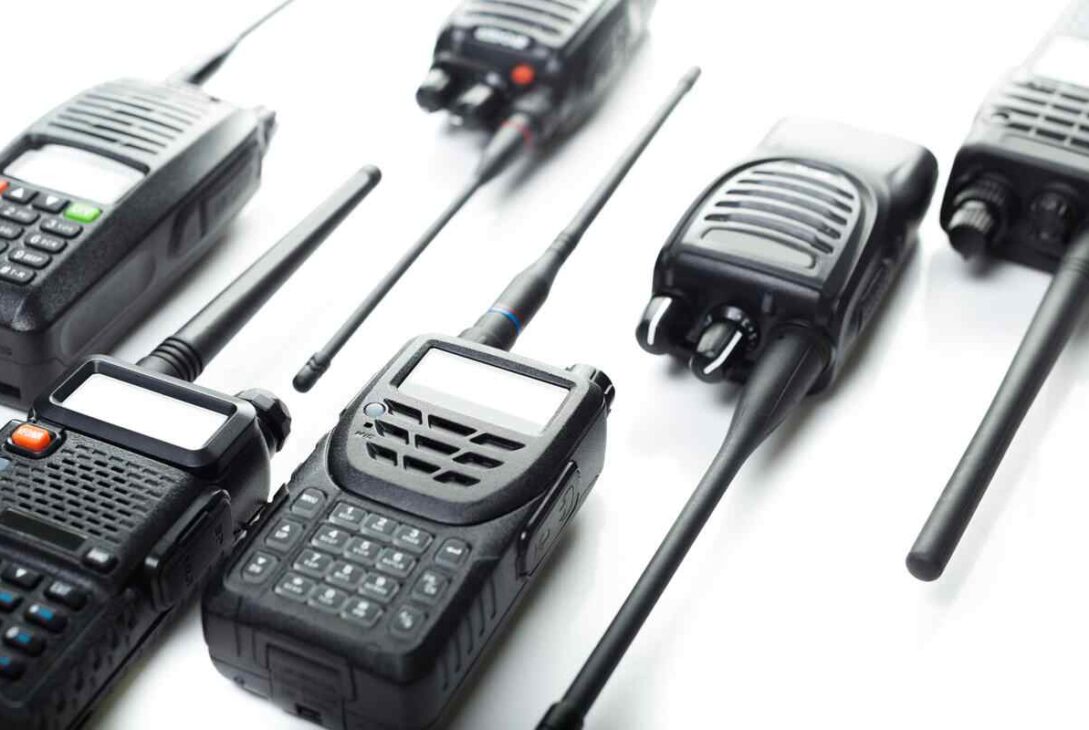There’s something oddly comforting about the crackle of a walkie-talkie. It’s old-school but essential—whether you’re managing a warehouse, running security, or herding vendors at a festival. But that comfort disappears fast when the battery dies mid-transmission.
Battery life and charging convenience aren’t just small specs buried in a user manual. They determine whether your communication gear holds up in the real world—or leaves you scrambling for a wall outlet when you should be working.
Let’s break down what modern users need to know, especially if you’re considering walkie talkies that keep up with 12-hour shifts, unpredictable environments, and the universal demand for USB‑C everything.
Battery Life Isn’t What It Used to Be—And That’s a Good Thing
Older walkie-talkies ran on bulky NiMH or even AA batteries. They worked, but with caveats: heavy units, unpredictable performance, and that annoying fade-out when power started dipping. You didn’t lose signal—you lost stamina.
Enter the age of lithium-ion batteries.
Modern units like the Rapid Radios Nationwide PTT Walkie Talkie ditch legacy cells for high-efficiency, rechargeable lithium power. That translates to:
- Longer runtime (up to 24 hours in many models)
- More consistent performance across charge cycles
- Lightweight builds with better portability
But here’s the kicker: it’s not just about capacity. It’s about smart power management. Today’s devices optimize usage based on activity, powering down during idle time, or adjusting based on network signal strength.
So yes, that “up to 24 hours” battery life? Not just marketing spin—it’s real, depending on how you use it.
USB‑C: Finally, a Charging Port That Doesn’t Make You Flip It Three Times
Let’s be honest—Micro-USB was a tech relic with trust issues. It wore out, bent pins, and somehow never plugged in the right way. USB‑C, on the other hand, is the upgrade walkie-talkies didn’t know they needed.
Why USB‑C matters for walkie-talkies:
- Reversible plug: Insert it either way. It just works.
- Faster charging: Cuts downtime significantly, especially useful during long shifts.
- Universal compatibility: The same charger used for your laptop or phone might power your radio.
- Ruggedness: Better internal construction means fewer charging port failures over time.
For teams constantly on the move—delivery drivers, event staff, field technicians—USB‑C offers one big win: simplicity. You don’t need a bespoke cradle or weird proprietary plug. Just a cable. Any cable.
Charge It Like You Mean It: Best Practices
Maximizing battery life isn’t just about the battery—it’s how you treat it. A few habits go a long way:
- Don’t top off constantly: Lithium-ion batteries don’t need “training.” But frequent, shallow charges can limit lifespan. Let it drop to ~20–30% before recharging when possible.
- Avoid overheating: Charging on a hot dashboard? Bad idea. Heat degrades battery chemistry fast.
- Use quality chargers: Especially with USB‑C, don’t trust the $3 knockoff. Inferior cables and power bricks can lead to inconsistent voltage or even port damage.
- Turn off when idle: If it’s not in use for hours, shut it down. Many modern walkie talkies also have auto-sleep or power-saving modes—use them.
Also, pay attention to charge indicators and alerts. The Rapid Radios Nationwide PTT Walkie Talkie, for example, features smart battery monitoring so you’re not guessing when it’s going to cut out.
Why Battery Life + USB‑C = Field-Ready Reliability
It’s one thing to claim “all-day battery.” It’s another to combine that with a charging method that’s flexible, fast, and field-proof.
Whether you’re using walkie talkies in a hospital, on a construction site, or during a 12-hour music festival, what you really want is this:
- One charge = One full shift
- One cable = One less thing to forget
- No surprises = No dropped comms
And yes, maybe even the comfort of charging via your truck’s USB‑C port without a second thought.
Final Frequency Check
Walkie talkies are evolving—no longer the clunky, analog boxes of the past. With longer battery life and USB‑C charging, they’re finally catching up to the expectations of the modern workplace.
So if you’re still stuck on outdated gear that requires special cradles and barely holds a charge, maybe it’s time to ask: Is your communication tech really working for you—or are you just working around it?
The next generation of radios is built for battery resilience, USB‑C ease, and the kind of reliability that doesn’t crack under pressure. Just plug in, power up, and get back to the job.



